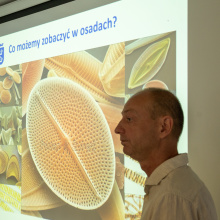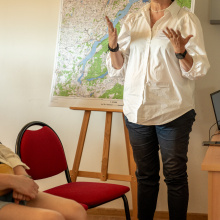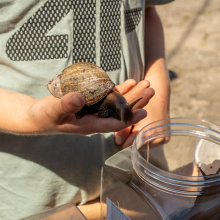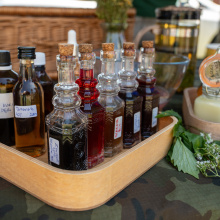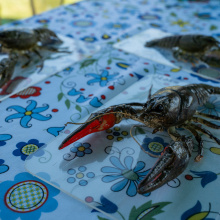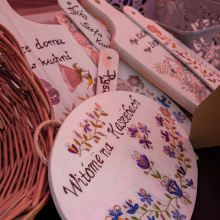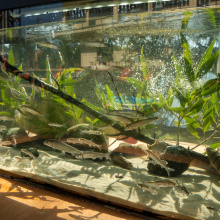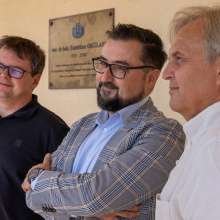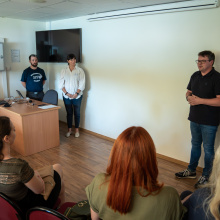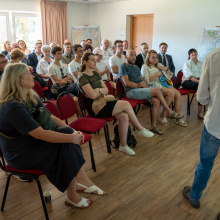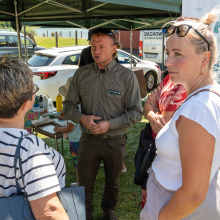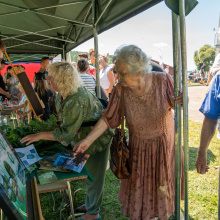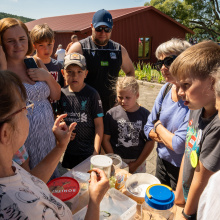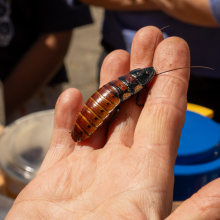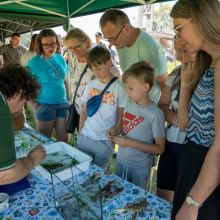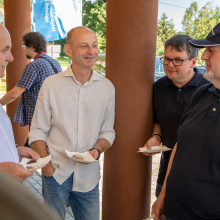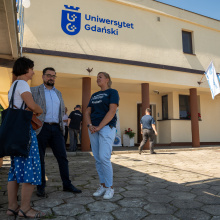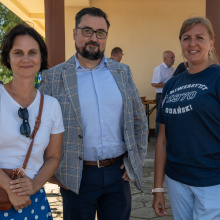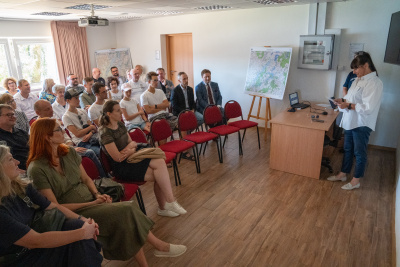
The first Clean Lakes Festival is behind us! It was a sunny day full of knowledge, fascinating exhibitions and amazing creatures. Questions such as "Why is water green?" and "What is golden algae?" were answered at the Limnological Station in Borucino. The event attracted a lot of interest from tourists and locals, and the organisers are already considering future editions.
‘This is the first Clean Lakes Festival - an initiative that came about thanks to volunteers who monitor water quality. 'I think it's extremely valuable that citizens themselves are starting to take care of the lakes,' said the head of the Centre for Water Monitoring and Protection, prof. dr hab. inż Julita Dunalska. 'We, as scientists, can help them build knowledge, while how these lakes will change depends on all of us - citizens, tourists, local government or entrepreneurs. Bringing all these groups together to promote the idea of clean lakes is a very important step in raising public awareness of water quality.’
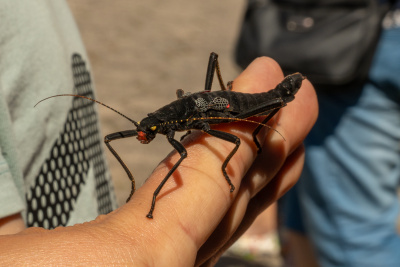
A drone show, fish tanks, fishing competitions and diving demonstrations were just some of the attractions that attracted many interested parties. Representatives of the Kashubian Landscape Park, the Słowiński National Park and the Borucino Circle of Exceptional Housewives also talked about their activities. And scientists from the University of Gdańsk talked about what is hidden in freshwater bodies.
‘Throughout the whole process of examining sediment, we use a lot of different tools to identify what is in it. Nowadays, we can learn a lot from this research ,’ said the Vice-Dean for Science and Development at the Faculty of Oceanography and Geography, prof. dr hab. Wojciech Tylmann. ‘For example, based on the pollen found in the sediment, we can determine what vegetation was around the lake. If there is a lot of pollen from trees in the sediment, we know that there were forests around, a lot of pollen from meadow plants means meadows, and if cereals predominate, we know that man appeared around the lake and cultivated the land.’
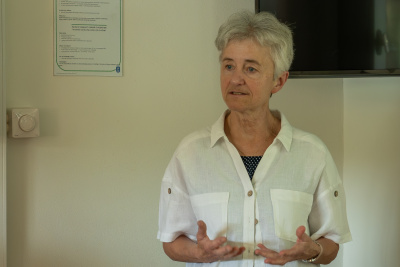
On the other hand, prof. dr hab. Hanna Mazur-Marzec talked about golden alga, an algae that contributed to the ecological disaster on the Oder River in 2022. Two years ago, the chemist from UG was the first person in Poland to confirm the presence of Prymnesium parvum in a Polish river.
‘Two factors contributed to the high fish mortality associated with the prymnesium parvum bloom. The first is the high toxicity of the golden alga, which is toxic to all gillworm organisms. This means not only fish, but also bivalves,' prof. Hanna Mazur-Marzec recounted. ‘The second reason was the reduction of oxygen levels in the water: such an amount of dead matter consumes oxygen from the environment. Therefore, fish started dying in other areas, not only because of the presence of toxic algae, but also because of the oxygen deficit.’
The Clean Lakes Festival aimed, among other things, to further involve citizens in caring for nearby freshwater bodies and to raise awareness of the condition of Polish lakes. In this respect, the event can be considered a success, as it attracted not only local residents but also representatives of local governments or local businesses; the University of Gdańsk authorities also took part.

